

Published Feb 06, 2025 • 4 min read
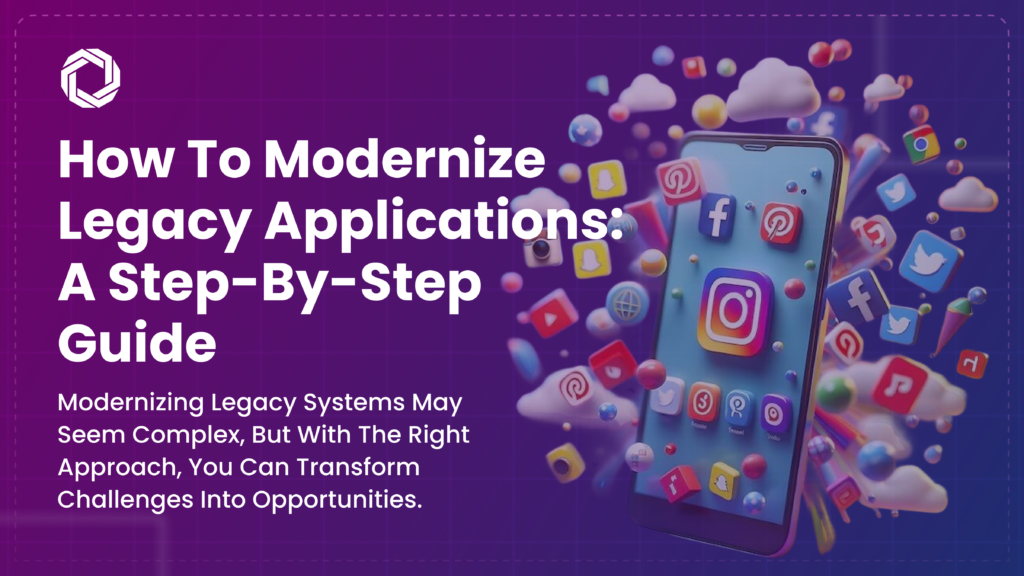
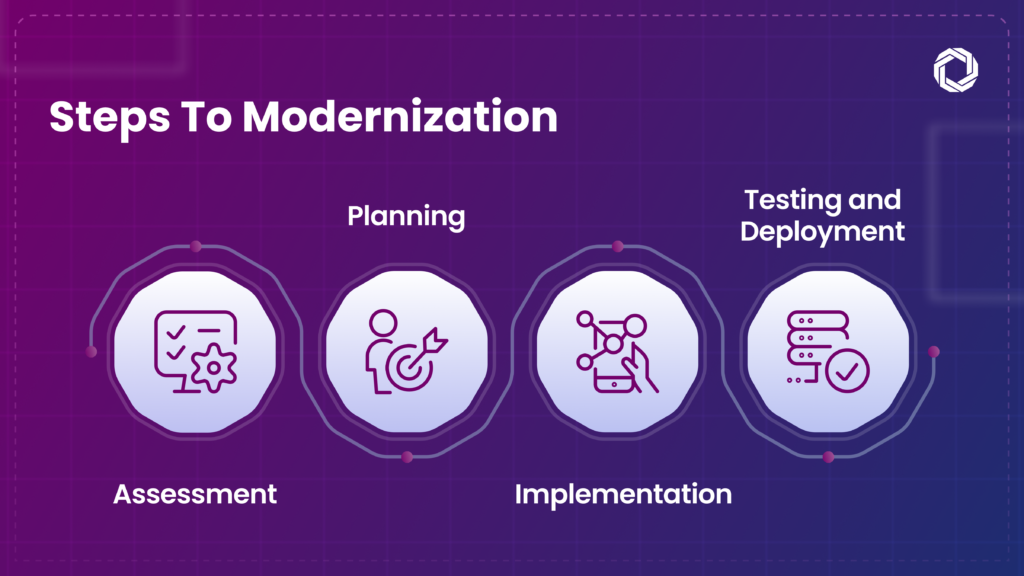
Assessment
Begin by thoroughly evaluating your current systems. Identify outdated tools, modules, or platforms that are causing bottlenecks or increasing maintenance overhead. This is the foundation of migrating legacy applications to the cloud or on-premise modern stacks.
Key considerations:
This stage defines which parts of your system need to evolve—and sets the scope for your legacy application migration strategy.
Planning
Once you’ve assessed your legacy architecture, it’s time to set measurable goals. Are you aiming for better performance, cost-efficiency, or compliance? Based on these goals, choose a modernization method such as rehosting, refactoring, or rebuilding.
Planning involves:
Businesses often overlook the importance of strategic planning in moving legacy applications to cloud, which can lead to delays or misalignment between IT and business goals.
Implementation
With a solid plan in place, it’s time to begin modernization. Depending on your needs, you might:
Modern technologies like containers and serverless computing make this step efficient and scalable. For many, legacy application modernization also includes API development, improving interoperability between internal tools and external platforms.
Testing and Deployment
Before going live, testing is non-negotiable. Conduct functional, regression, and integration tests to ensure the upgraded application performs seamlessly. Gradual deployment is advised to avoid system-wide disruption.
Make sure your deployment strategy supports:
Many companies choose to migrate legacy application to cloud in stages—testing each phase for bugs, performance lags, or data integrity issues.
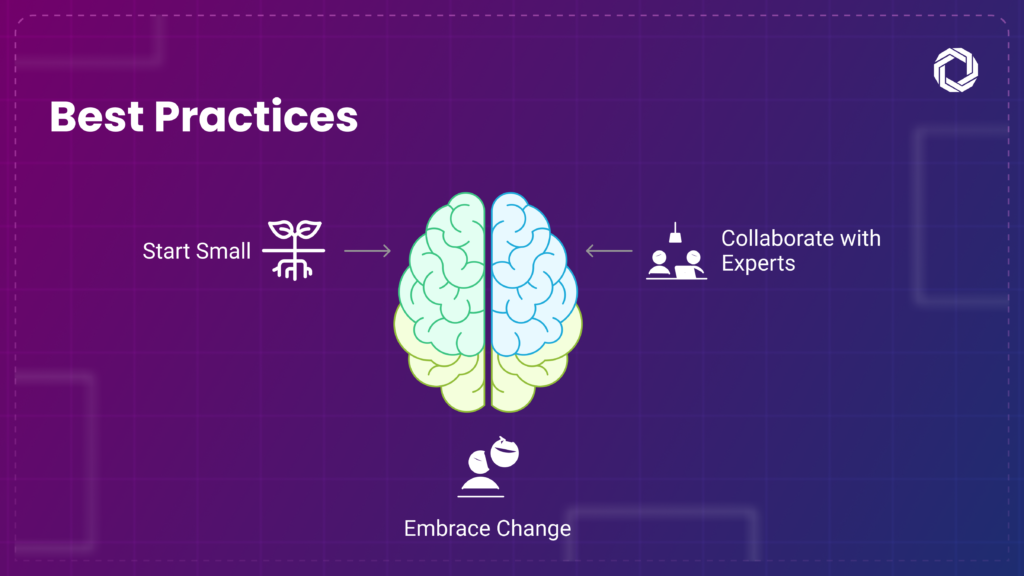
Start Small
Choose one module or microservice to modernize first. This reduces risk and offers learnings for future phases of legacy application modernization.
Collaborate with Experts
Working with professionals who specialize in legacy application migration ensures faster execution, fewer errors, and better alignment with your goals.
Embrace Change
It’s not just about tech—it’s a mindset shift. Involving stakeholders across business units creates stronger buy-in and facilitates smoother cultural adaptation.
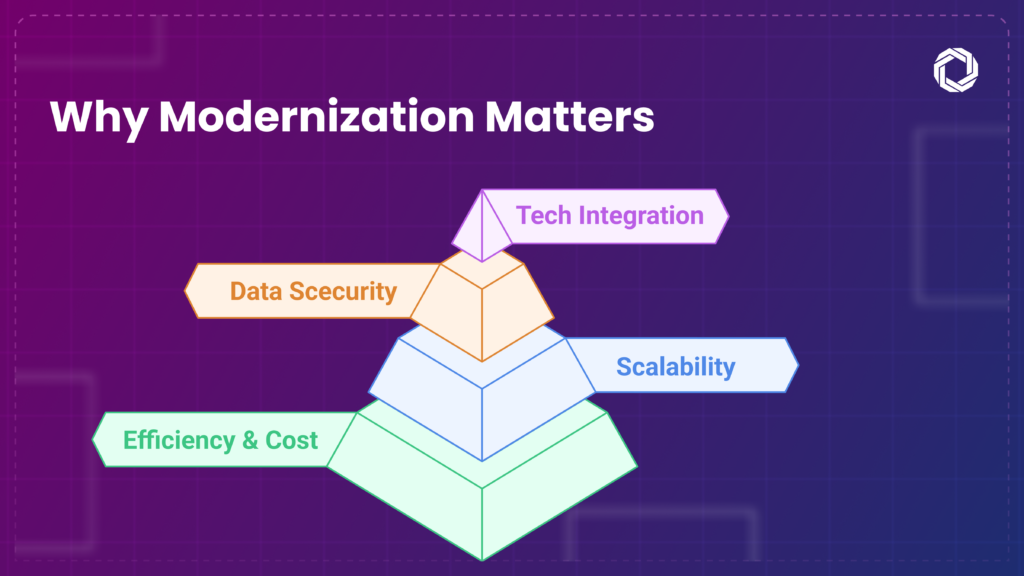
Modernizing your legacy infrastructure isn’t just a tech upgrade—it’s a business strategy for growth. Here’s why it matters:
Whether you’re moving toward legacy application migration to cloud or revamping legacy software entirely, modernization paves the way for innovation.
At Techlusion, we help businesses modernize legacy applications with confidence. Our customized approach to legacy application modernization ensures minimal downtime, seamless integration, and maximum ROI.
From legacy application migration to full-scale cloud modernization, our team builds tailored strategies that support your business goals while embracing emerging technologies.
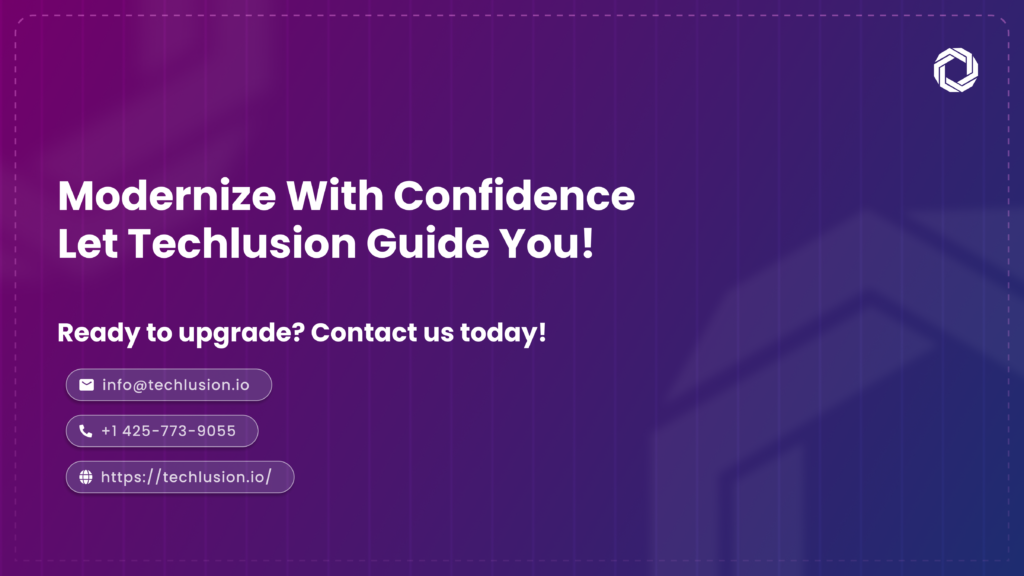
Need help with your next move? Contact Techlusion today to transform your legacy systems into future-ready solutions.
Related Reading: Discover the benefits of migrating systems in our blog The Benefits of Legacy Application Migration